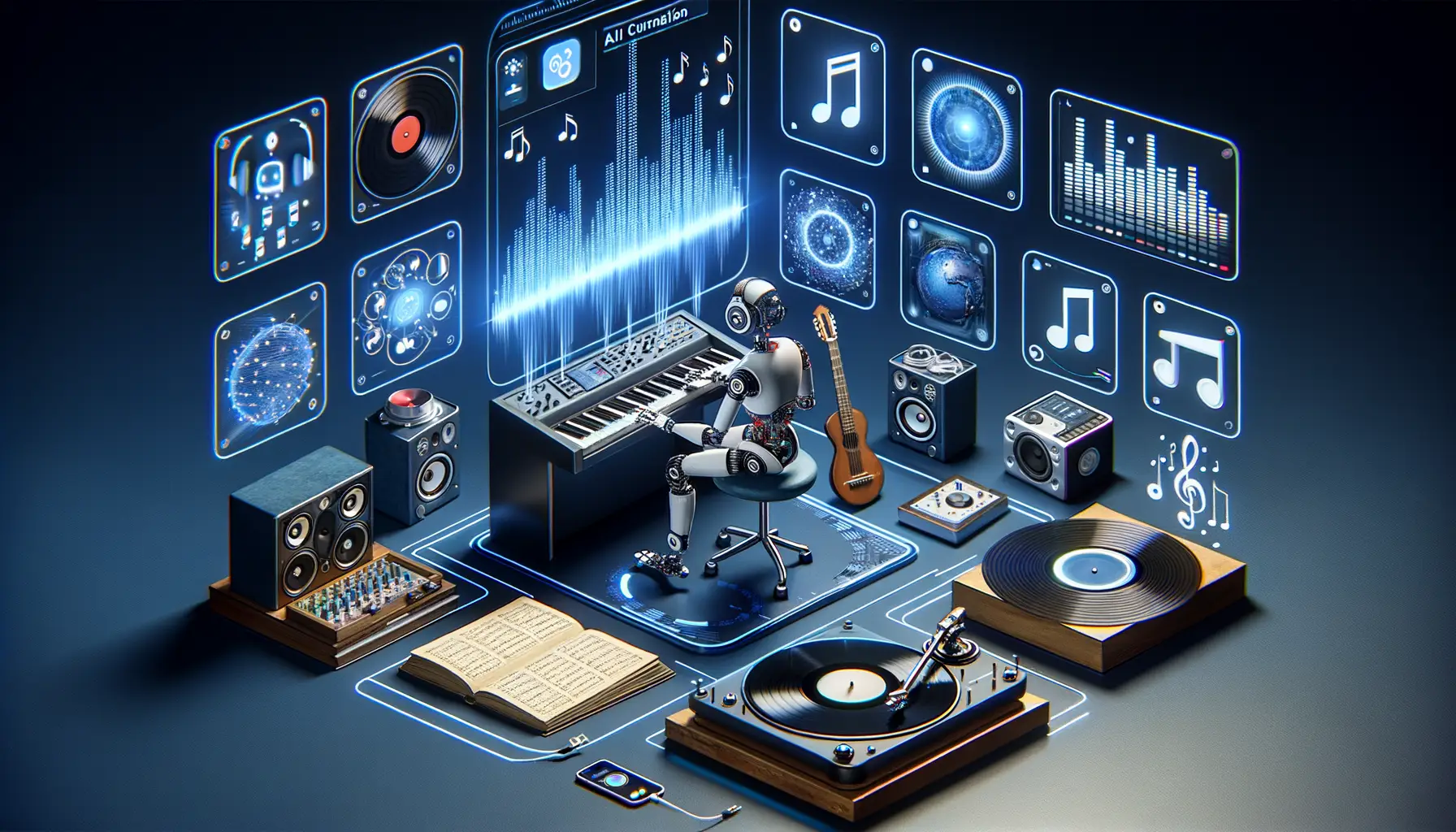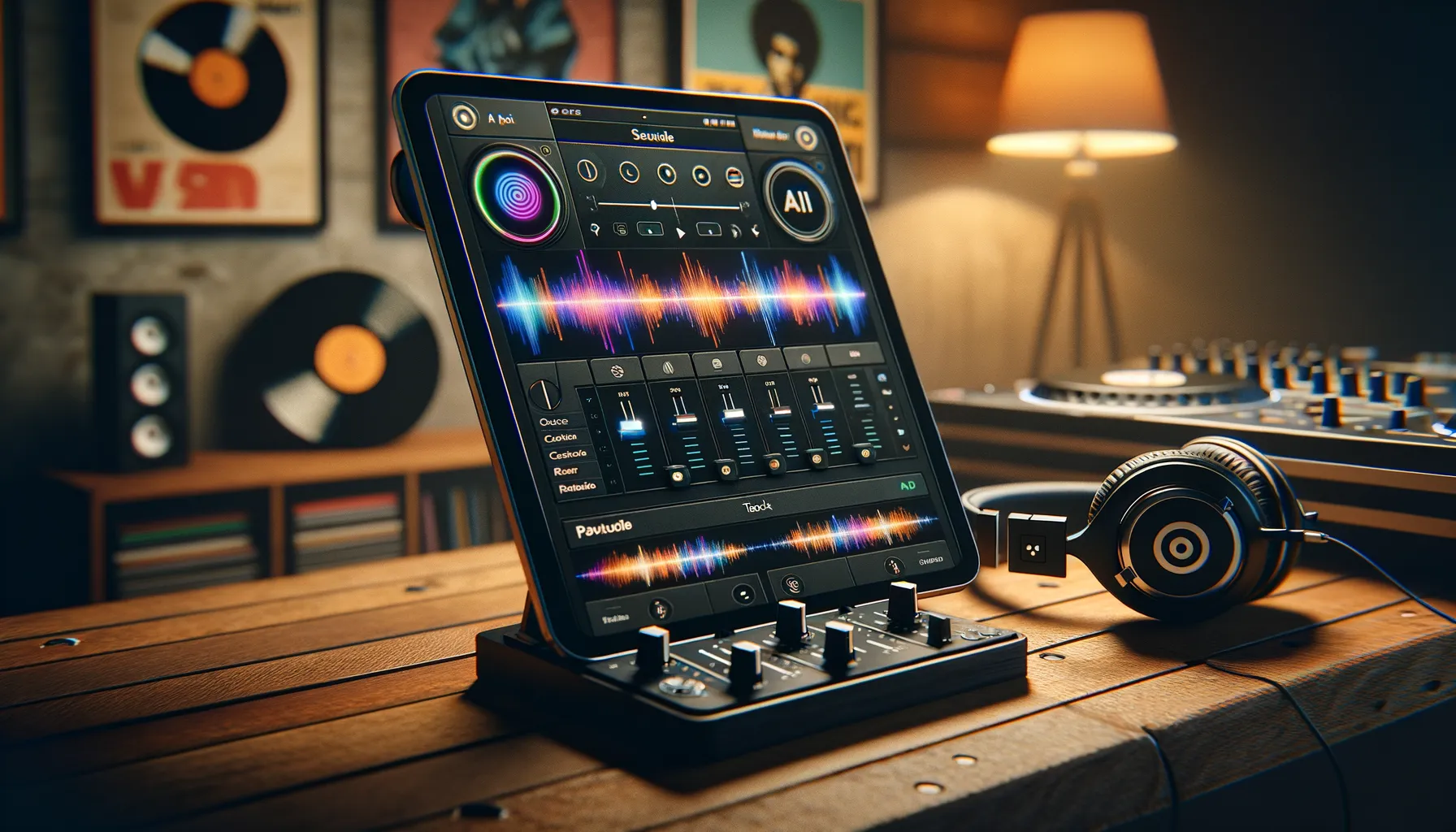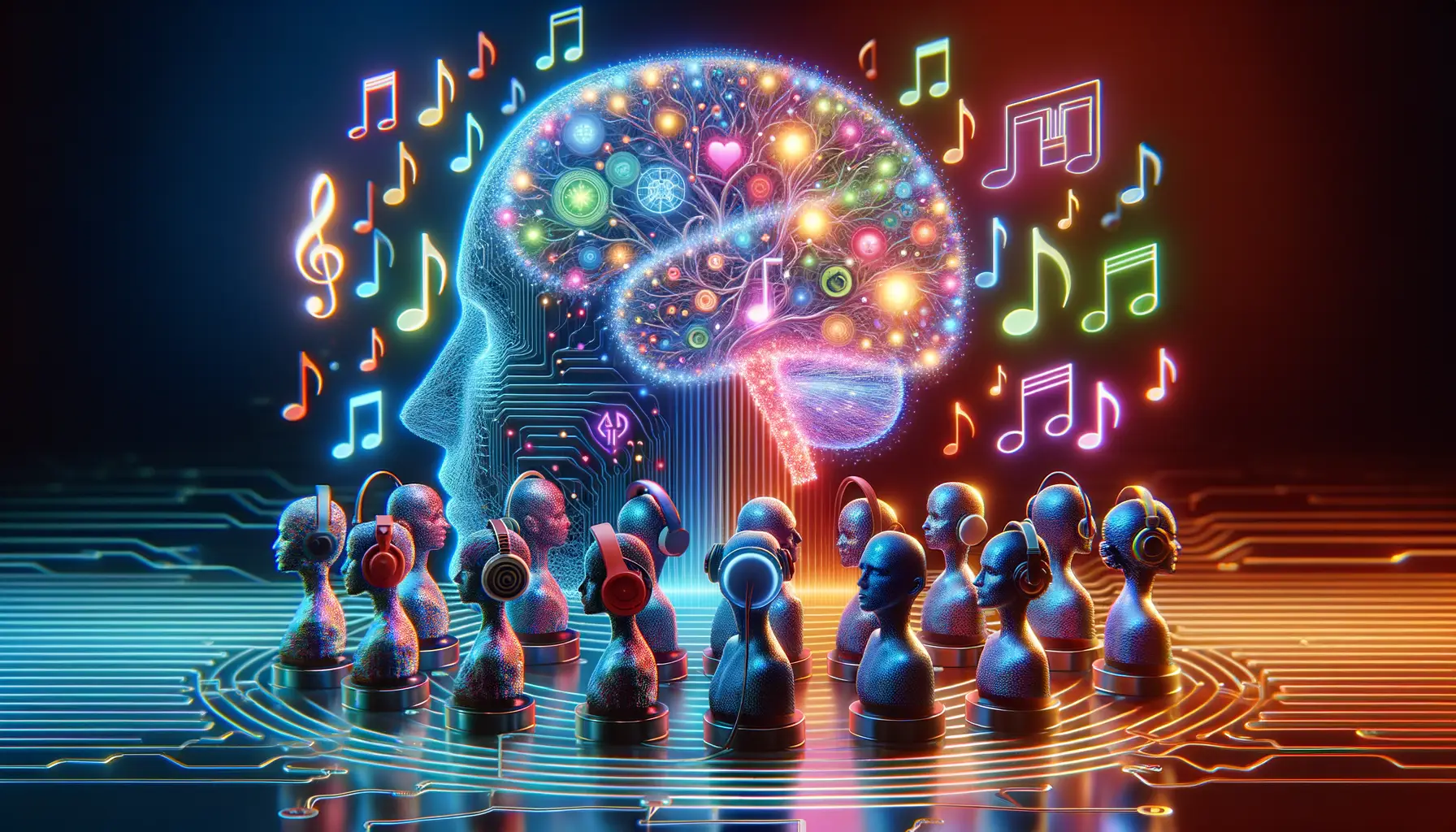The Role of Artificial Intelligence in Revolutionizing Music App Design
Imagine opening your favorite music app, and instead of simply scrolling through endless playlists, it feels like the app truly *knows* you—like a DJ who’s been to all your birthday parties. That’s the transformative power of Artificial Intelligence in music app design. AI isn’t just a tech buzzword; it’s the secret sauce turning basic interfaces into deeply personal, immersive experiences.
How AI Creates Personalized Musical Journeys
AI analyzes your listening habits, the times you press replay, and even those guilty-pleasure songs you might deny liking. Then, it connects the dots. Through technologies like machine learning, apps now serve up playlists that feel handpicked just for you. Think of Spotify’s Discover Weekly. It’s like a friend who whispers, “Hey, you’ll love this!” But it’s not magic—it’s AI crunching millions of data points behind the scenes.
- Dynamic recommendations: Songs you didn’t know you needed.
- Smart categorization: Organizing tracks by mood, tempo, or weather.
- Voice recognition: Request your favorite bangers by simply speaking!
The Visual Impact of AI on Design
Let’s talk looks! AI doesn’t stop at creating playlists; it’s reimagining how music apps look and feel. Adaptive interfaces shift color palettes to match your vibe (goodbye boring grids!), while intuitive navigation makes getting lost in the music effortless. Take Apple Music’s sleek suggestions layout—it’s like walking into a room where every shelf has something you adore. The visuals aren’t just pretty; they’re purposeful, powered by predictive AI algorithms.
Beyond aesthetics, AI is tearing down barriers between you and your music—it’s not just designing apps; it’s designing how we connect emotionally with sound.
Key Trends Shaping AI-Driven Music App Interfaces
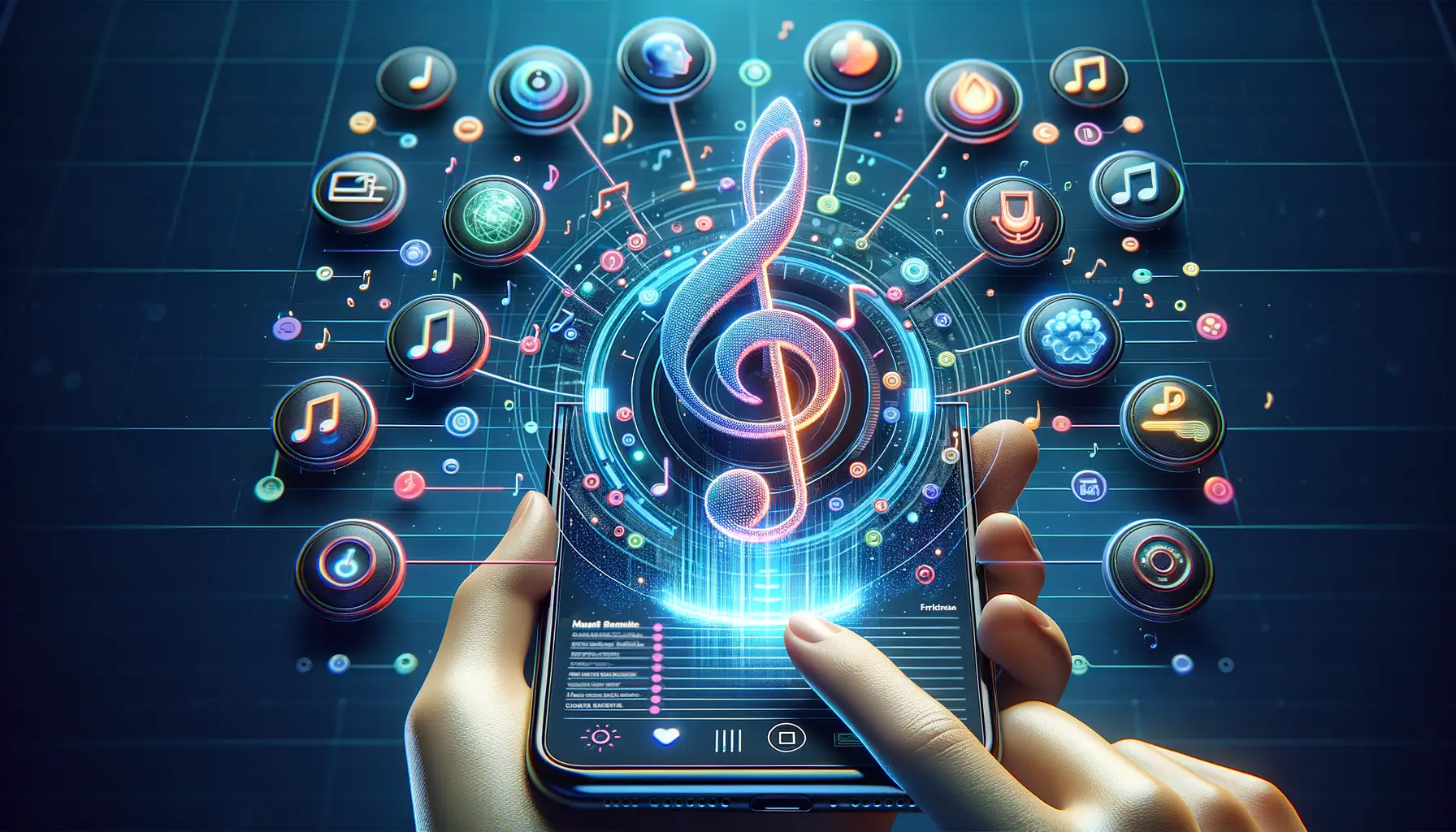
The Rise of Hyper-Personalization
Picture this: a music app that knows your mood before you do. That’s the power of AI-driven interfaces today. Hyper-personalization is no longer a nice-to-have—it’s the heartbeat of modern user experiences. AI algorithms analyze every tap, swipe, and skip to craft playlists that feel like they’re reading your mind.
But it goes beyond just suggesting songs. Think dynamic visuals that shift with the beat or lyric screens tailored to your language preferences. Even the app layout evolves based on how you use it! Imagine a morning commute curated with upbeat tracks as your “quick access” panel adjusts to match your routine. The journey feels less like an app and more like your personal DJ.
- Real-time feedback loops adjust what you see (and hear) instantly.
- AI detects emotional cues from data, shifting recommendations to keep you in sync.
Voice Command: The New Frontier
Talking to your music app? Totally a thing now! Thanks to advances in natural language processing (NLP), voice navigation feels fluid and effortless. You can say, “Play something chill,” and voilà—AI understands not only your words but your intention.
What sets this apart is its ability to grasp quirks and context. For instance, if you often request “epic workout music,” the app learns that for you, it means high-energy remixes, not hard rock. Voice commands feel uniquely yours, like chatting with an old friend who just *gets* you.
This isn’t just convenience; it’s a revolution in accessibility too. A lifeline for users with visual impairments, voice-first interfaces break barriers while keeping things stylishly simple.
Enhancing User Experience Through Smart UI Features
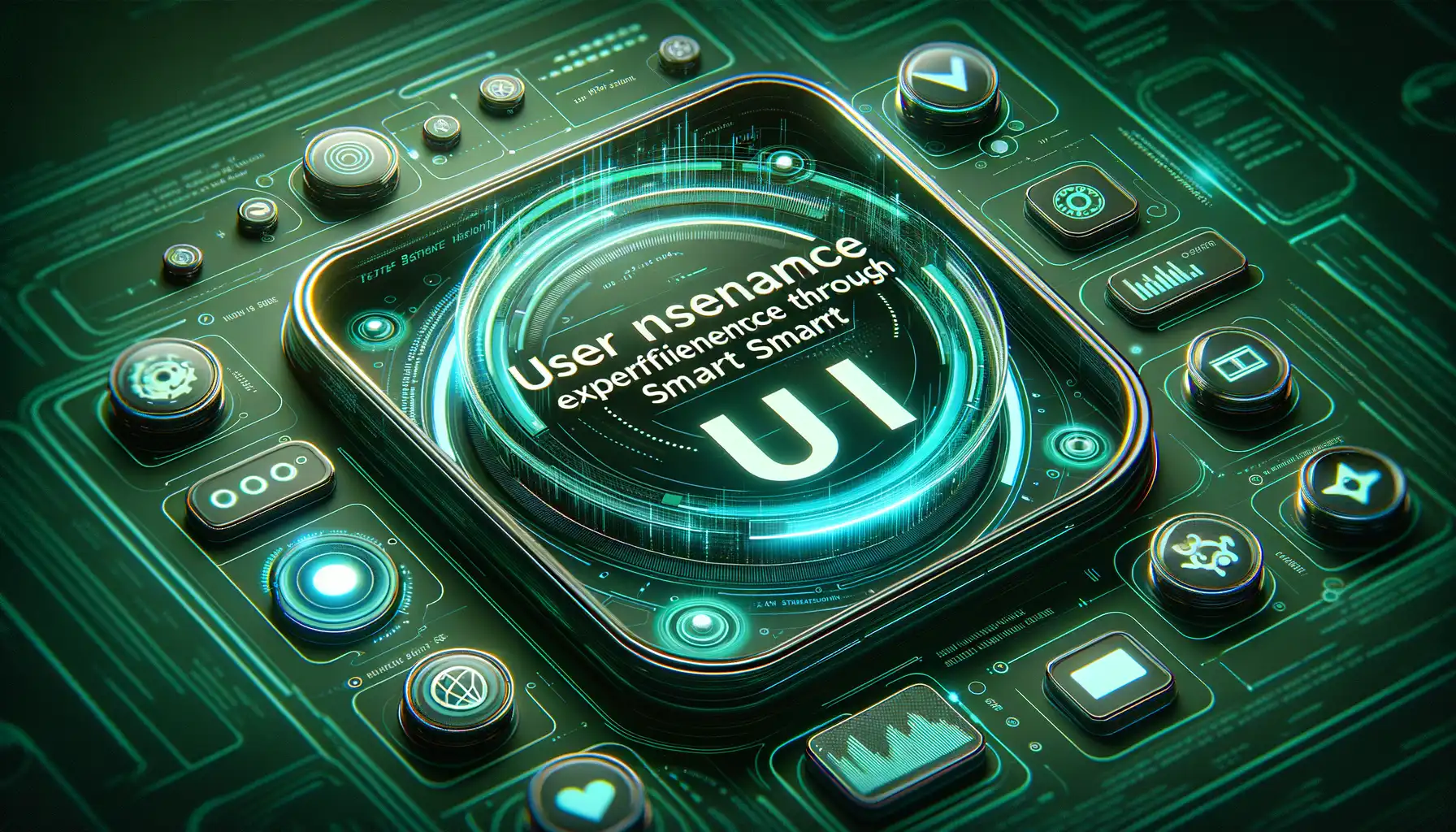
Delighting Listeners with Intuitive Interactions
Imagine opening a music app that feels like it knows your every mood and preference—like a friend, not just a tool. That’s the magic of integrating smart UI features powered by AI. These innovations don’t just enhance usability; they transform how we emotionally connect with our playlists, discovering new tracks while feeling understood.
One standout feature? **Dynamic recommendations** that evolve as users interact with the app. For example, if you’re vibing to chill lo-fi beats on a rainy afternoon, the app won’t just recommend more lo-fi—it’ll mix in ambient instrumentals or melodic jazz, reading between the lines of your preferences. It’s like having a personal DJ who gets you.
Let’s talk about **gesture-based controls**, too. Swiping left to skip is old news. What if you could “paint” your way to the next track with fluid movements or adjust tempo by tilting your phone? Or consider **voice recognition**: whisper, “Find me something upbeat,” and voilà—an entire curated playlist in seconds.
- Mood-aware interfaces syncing visuals to vibe (think warm, golden hues for relaxing evenings).
- Interactive visualizers that pulse, shift, and respond to every beat.
It’s no longer just about listening; it’s an adventure where every tap feels intuitive and thrilling!
Creating Seamless Journeys Through AI
Remember those awkward, clunky menus in early apps? Gone. **AI-enabled navigation** is about foresight—predicting not just what users want, but how they’ll want to access it. Think customizable dashboards that adapt in real time. A bass-lover might see EQ presets front and center, while a podcaster finds transcript tools just a click away.
Smart design also embraces accessibility. Can’t read lyrics on-screen while jogging? No problem—AI can narrate them for you or auto-adjust text sizes, ensuring nobody is left behind. And let’s not ignore **gamified exploration**, unlocking badges for discovering niche genres or completing weekly listening challenges. Suddenly, finding new music feels less like scrolling and more like a treasure hunt!
AI isn’t just making music apps functional; it’s turning them into experiences that feel deeply personal, resonating far beyond the surface.
The Challenges of Integrating AI into Music App Interfaces
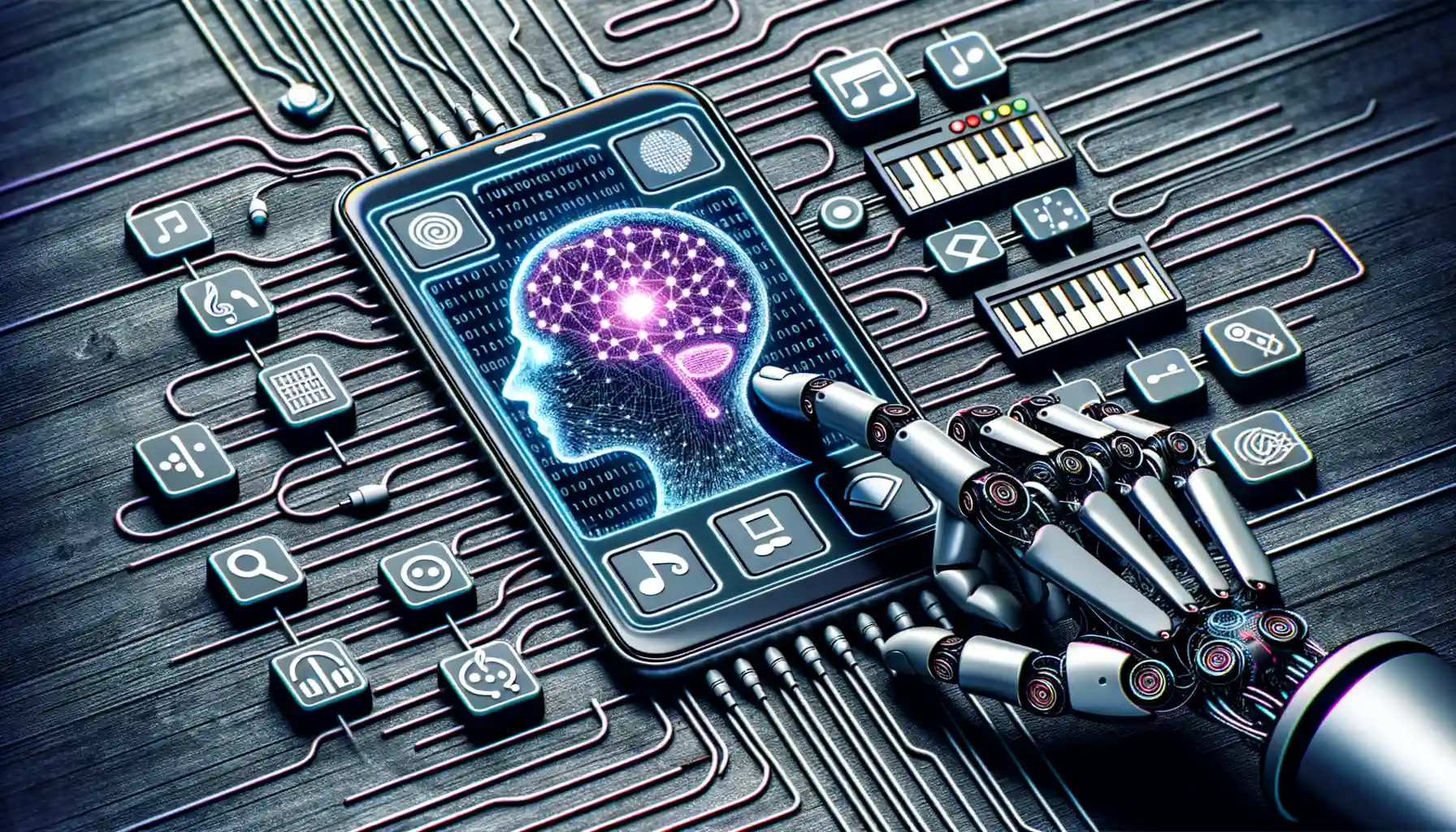
Untangling the Web of AI and Music Apps
Imagine a symphony orchestra trying to play a groundbreaking score without missing a beat—this is what integrating AI technology into music app interfaces feels like for developers. The concept sounds thrilling, but behind the curtain lies chaos with its own challenging rhythm.
For starters, there’s the hurdle of achieving seamless personalization. Sure, users want hyper-customized playlists curated by AI-powered algorithms, but how do you ensure the system doesn’t box listeners into repetitive cycles? No one wants to feel like they’re stuck on a musical treadmill, no matter how catchy the songs.
Then comes the issue of data. AI thrives on information, but handling privacy-sensitive user data is a tightrope walk. Striking a balance between delivering killer recommendations and respecting privacy laws can leave designers holding their breath.
- How do you design an AI interface that suggests your next favorite band without feeling intrusive?
- Can predictive features wow users without being wildly inaccurate or, worse, annoying?
And let’s talk about accessibility: building AI features that cater to diverse audiences means weaving inclusivity into every pixel. Not everyone interacts with music apps the same way, so creating something for “everyone” often feels like chasing a mirage in the desert.
The Human Element: Why It’s More Than Just Code
One challenge nobody talks enough about? Preserving the *human* feel in the hands of machine-driven decisions. Music is emotional. It’s deeply personal. Yet, if the app starts to feel overly robotic—endless auto-generated mixes with no soul—it risks alienating its audience. Think about it: would you trust a friend who always predicts your mood wrong?
The secret lies in striking harmony between tech and artistry. Finding that balance, though, can be like tuning an old piano—it takes time, finesse, and a lot of patience.
Future Predictions for AI in Music App Design
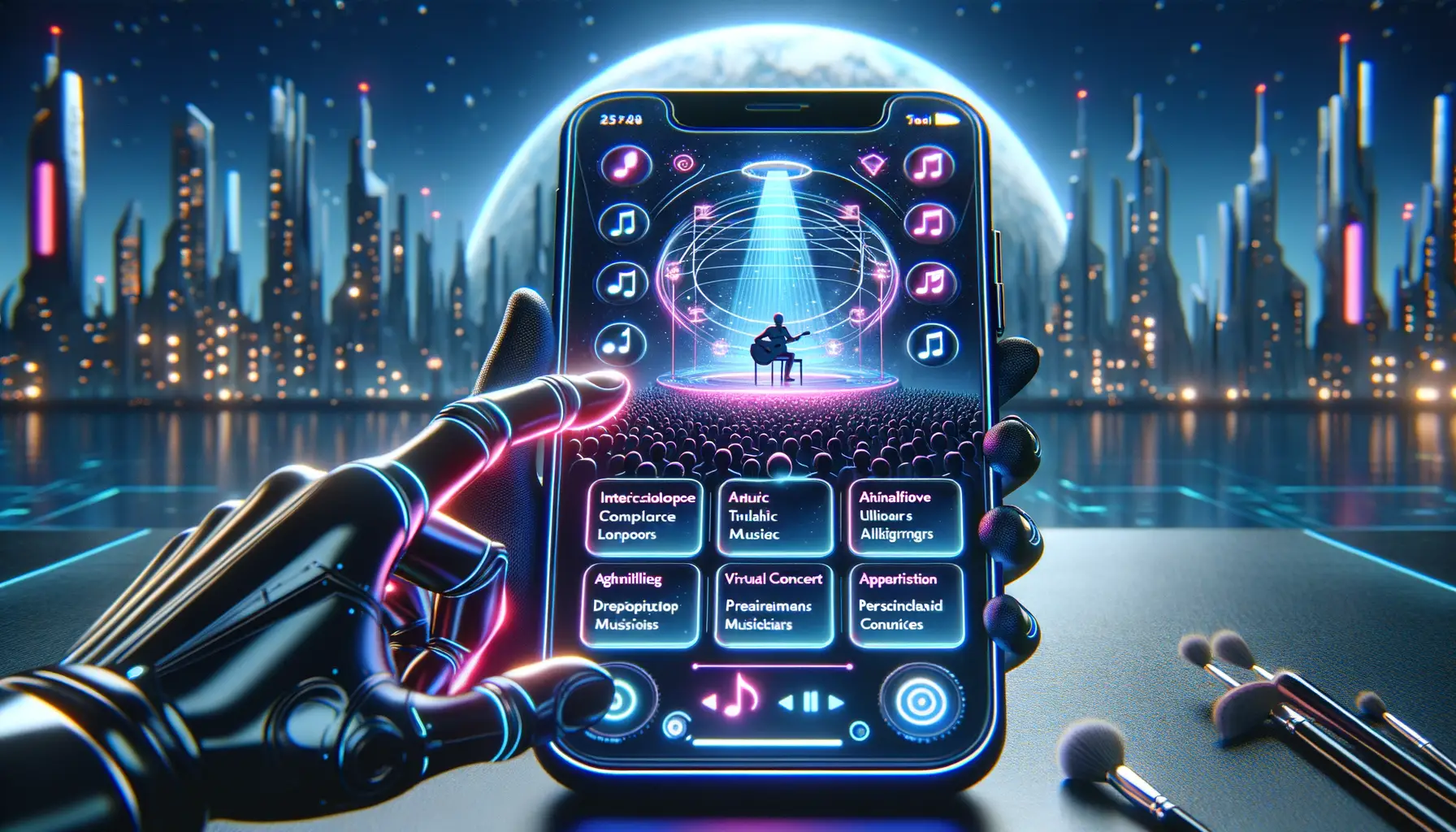
AI-Powered Creativity: The Soundscapes of Tomorrow
Picture this: your music app isn’t just a tool, but a creative companion that understands your mood even better than you do. The next wave of AI in music app design is all about blending innovation with intimacy to create deeply personalized experiences. Imagine opening your favorite app and it greets you with not just playlists, but entire soundscapes designed for *exactly* how you’re feeling.
What’s more exciting? AI won’t just curate your music—it could become part of the creative process. Think real-time collaborations where users can remix tracks or adjust the tempo and tone with just a finger swipe. Your app might say, “Feeling nostalgic? Let’s turn this upbeat tune into a lo-fi chill mix.”
- Voice-activated interactions: No more swiping—just tell your app what you want, and it delivers seamless results.
- Emotion-detection features: Apps could monitor your tone or facial expressions to suggest the perfect soundtrack.
The possibilities are boundless. Today, we shuffle songs. Tomorrow, we might sculpt them like clay. Human creativity and AI? It’s a duet waiting to happen.





